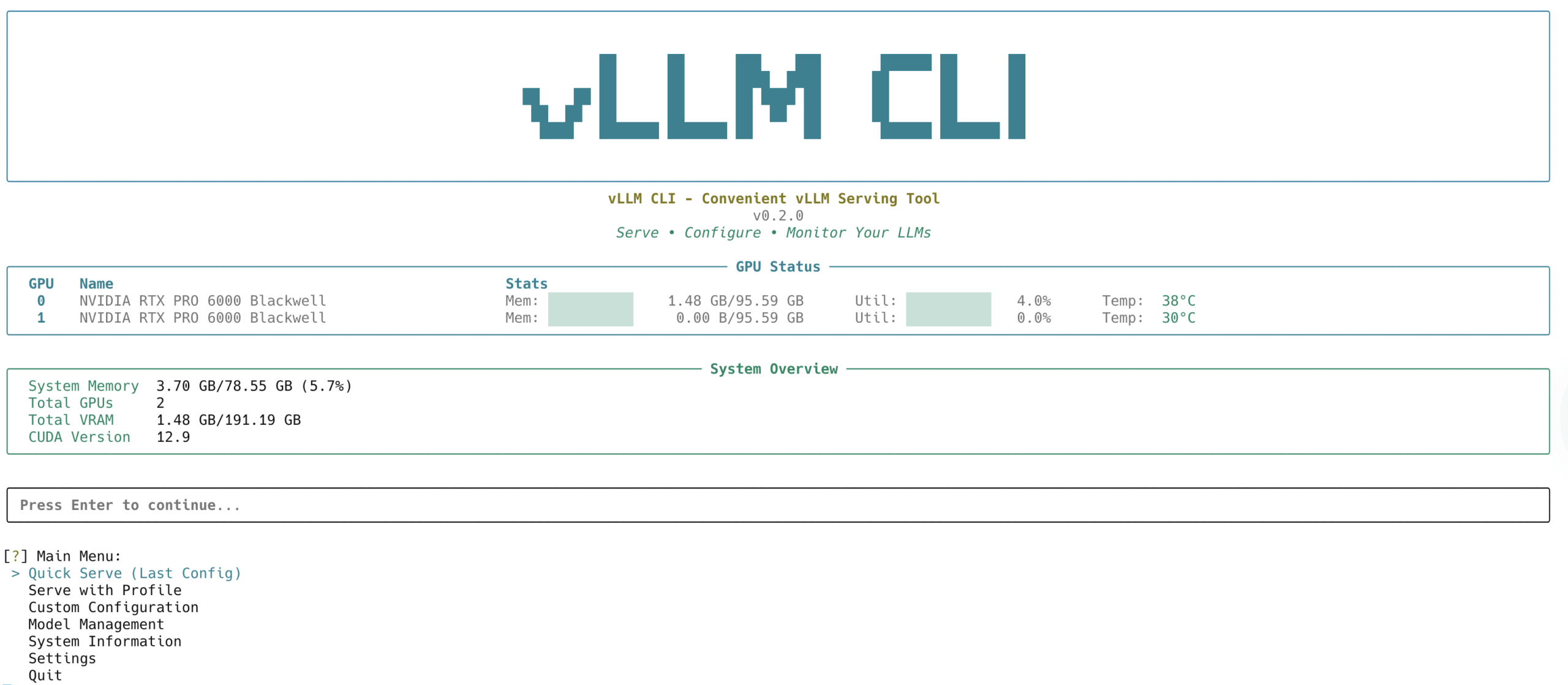wukong-robot employs a highly modular system architecture that divides the main functions into different plug-in modules. This design allows developers to maintain each functional component independently and communicate through standard interfaces. The core modules included in the project include speech recognition (ASR), natural language understanding (NLU), speech synthesis (TTS), and dialog management.
Developers can install third-party plug-ins through a simple configuration process for features such as weather checking, music playback, smart home control, and more. The plug-in installation process involves cloning the plug-in repository, installing dependencies and configuring API keys. The project provides detailed development documentation to help developers quickly build new functional modules.
It is worth noting that wukong-robot's backend management system provides a plugin configuration interface, which allows users to enable/disable the plugin or adjust the plugin parameters directly on the web interface without directly modifying the source code.
This answer comes from the articlewukong-robot: a smart speaker project to create personalized Chinese voice conversationsThe














